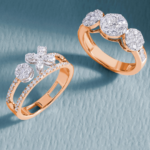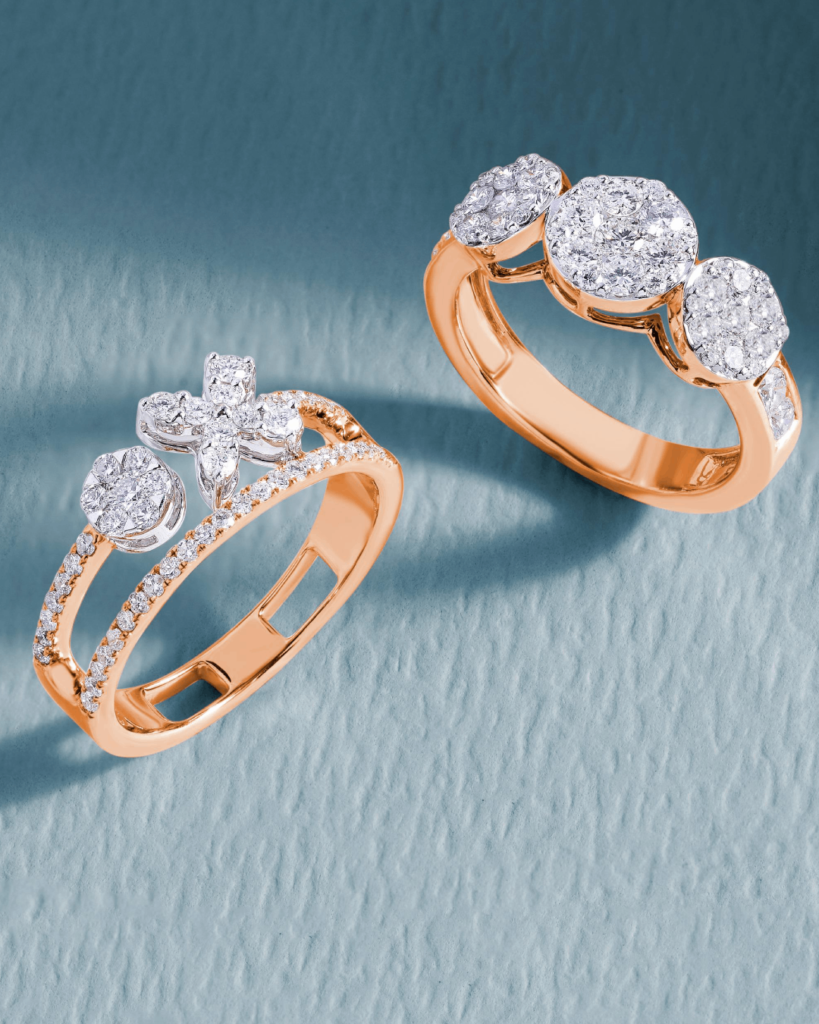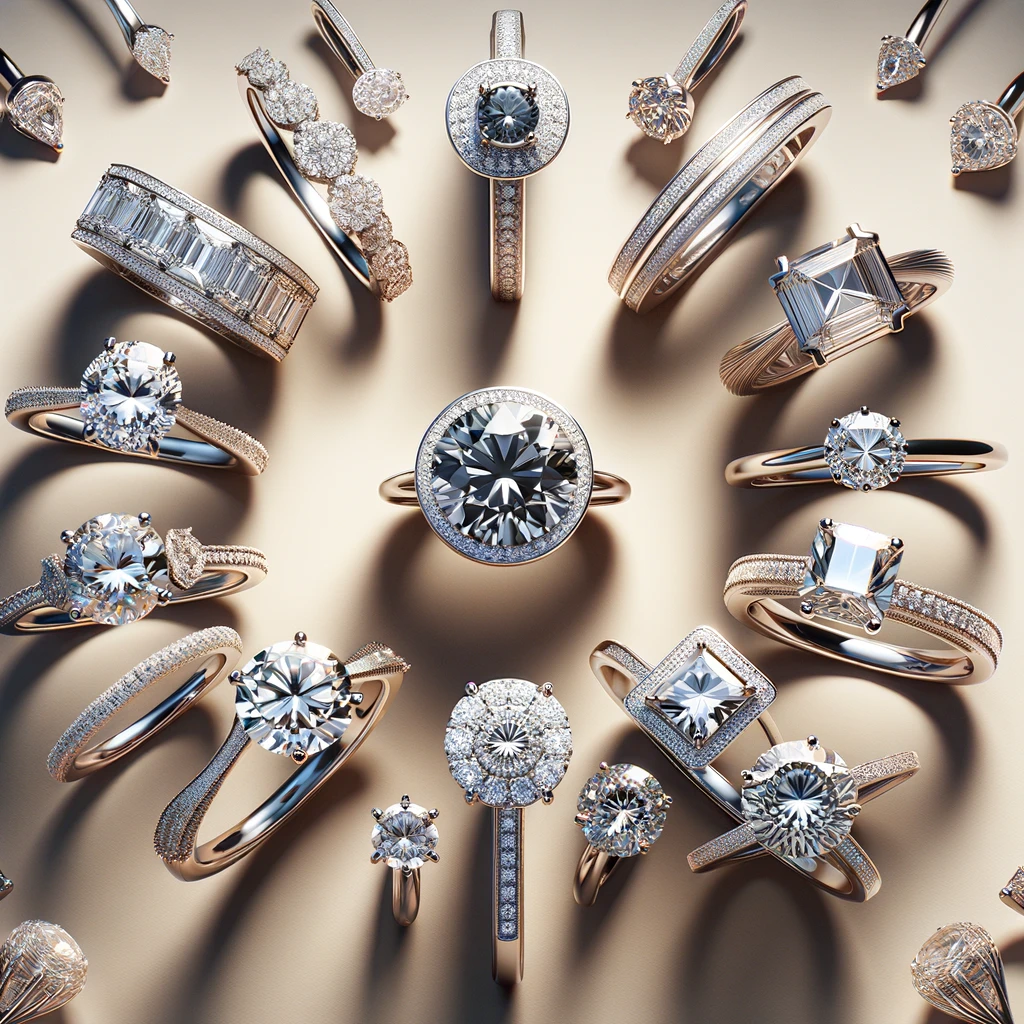In the heart of our civilization’s most cherished traditions, the diamond industry stands as a symbol of enduring beauty and timeless value. Yet, beneath its glittering surface, a revolution brews – one that melds the ancient allure of diamonds with the cutting-edge advancements of technology. This fusion is not just transforming the industry; it’s redefining the very essence of the diamond’s journey from the earth to the exhibit.
The Dawn of a New Era: Blockchain in Diamond Tracking
Gone are the days when the journey of a diamond was shrouded in mystery, its path from mine to market obscured by layers of trade and transactions. The introduction of blockchain technology has ushered in a new era of transparency and trust. Each diamond now carries with it a digital passport, a comprehensive record of its provenance, cutting, polishing, and certification history. This not only ensures ethical sourcing and combats the trade of conflict diamonds but also builds a bridge of trust with consumers, who are increasingly conscious of the origins of their purchases.
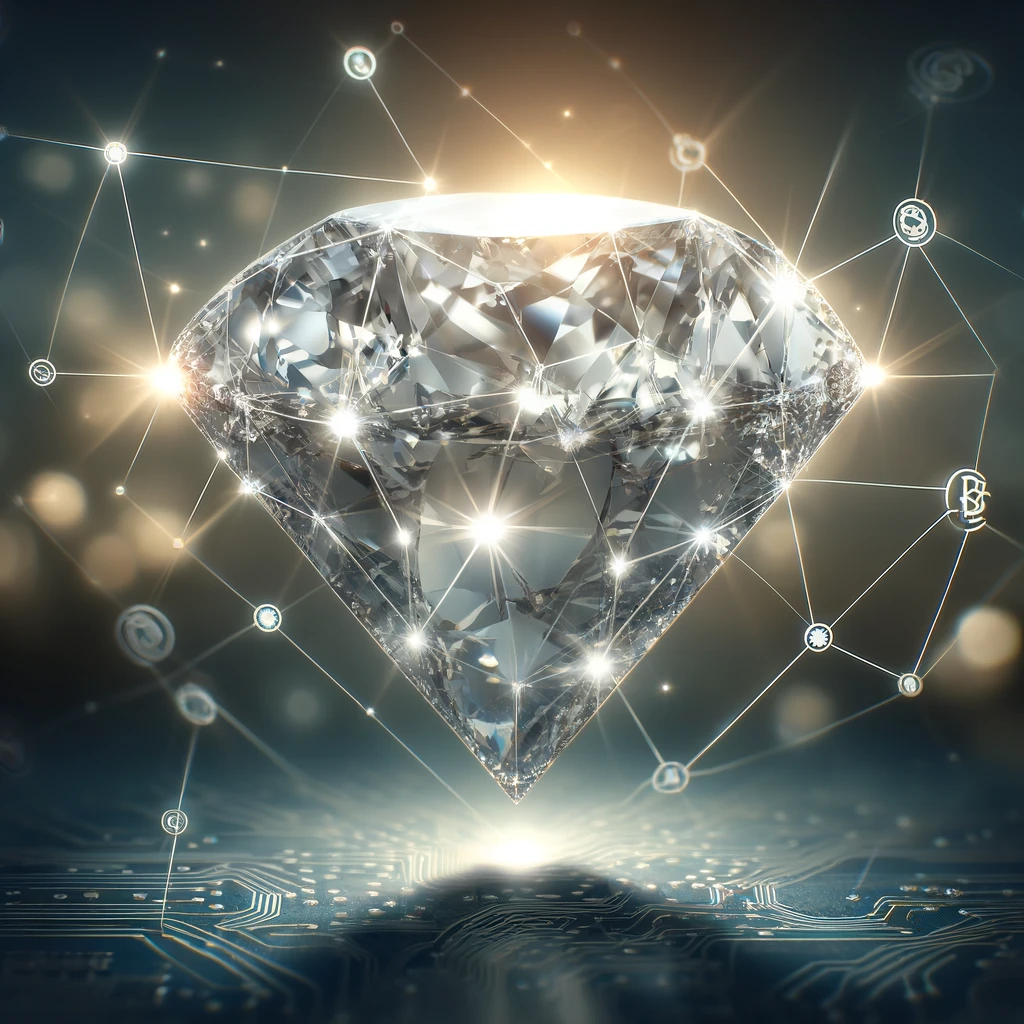
Artificial Intelligence: The New Gemologist
In the meticulous world of diamond grading, the human eye, guided by years of expertise, has long been the judge of value and beauty. However, artificial intelligence (AI) is challenging this status quo. AI algorithms, trained on thousands of diamond images and grading data, can now assess a diamond’s color, clarity, cut, and carat with astonishing accuracy. This not only speeds up the grading process but also introduces a level of consistency and precision that was previously unattainable.
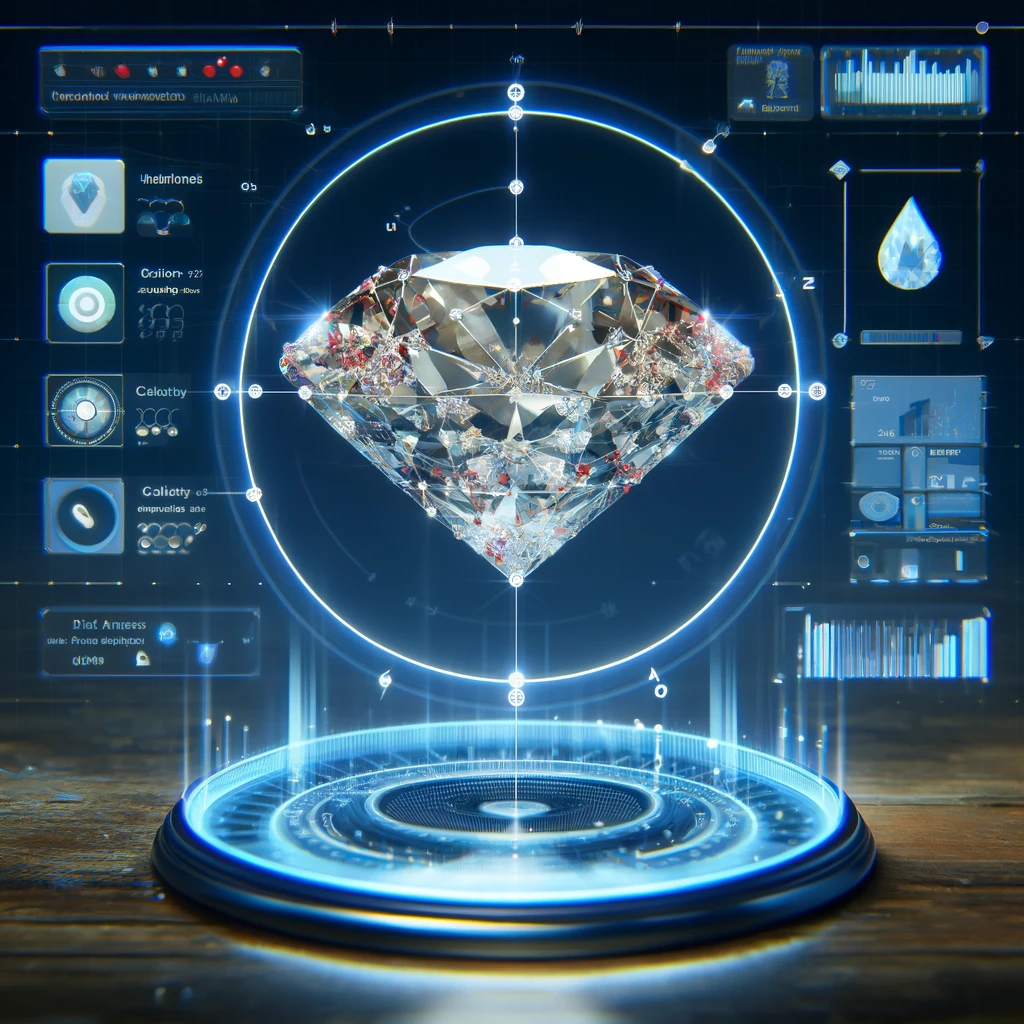
3D Printing: Crafting the Impossible
The art of diamond jewelry making is experiencing a renaissance, powered by 3D printing technology. Designers are no longer bound by the limitations of traditional crafting techniques. Complex, intricate designs that once were deemed impossible are now brought to life with precision and efficiency. This not only expands the creative horizons of designers but also democratizes luxury, making bespoke, high-end jewelry accessible to a broader audience.
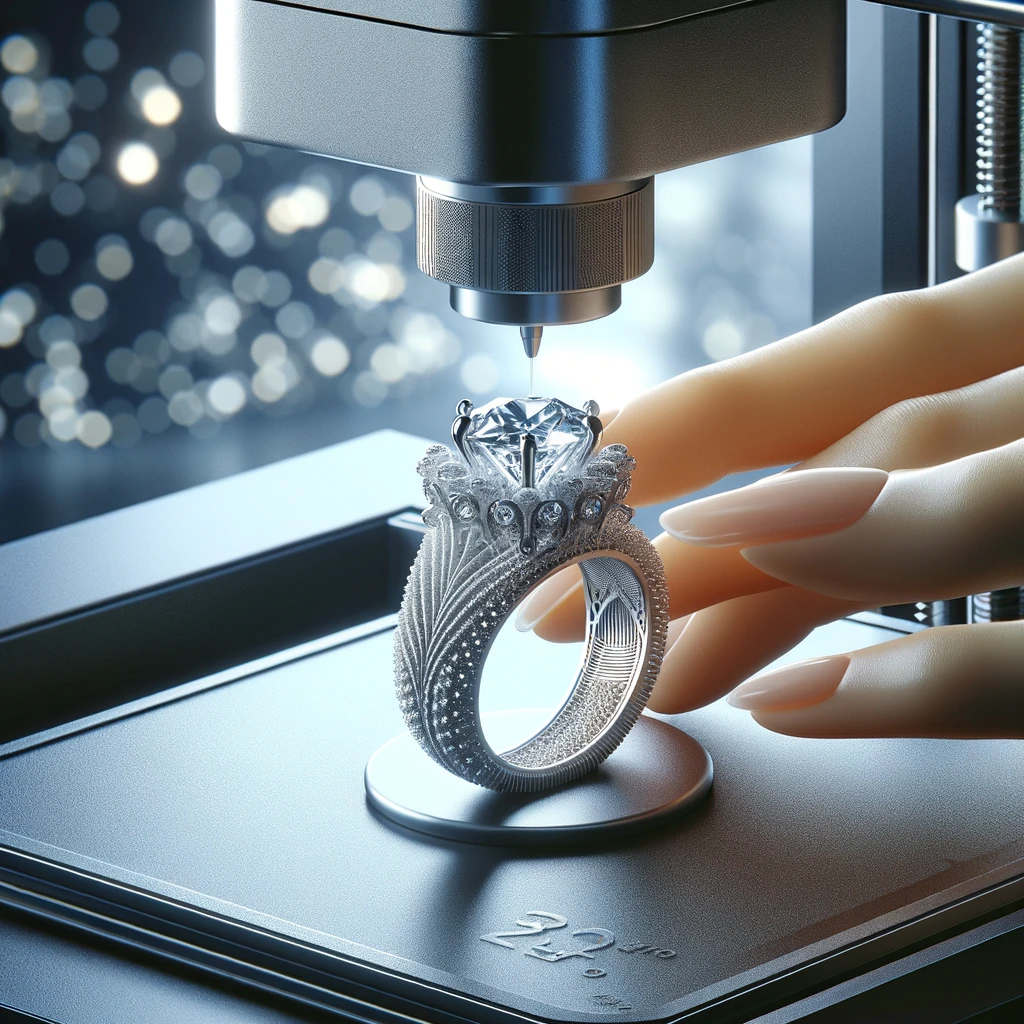
The Virtual Gem: Augmented Reality in Diamond Retail
The retail experience for diamond jewelry is being transformed by augmented reality (AR). Prospective buyers can now try on virtual jewelry from the comfort of their homes, experiencing the look and feel of different designs, settings, and cuts on their actual hands via their smartphone screens. This not only enhances the customer experience but also opens up new avenues for retailers to showcase their collections beyond the physical confines of their stores.
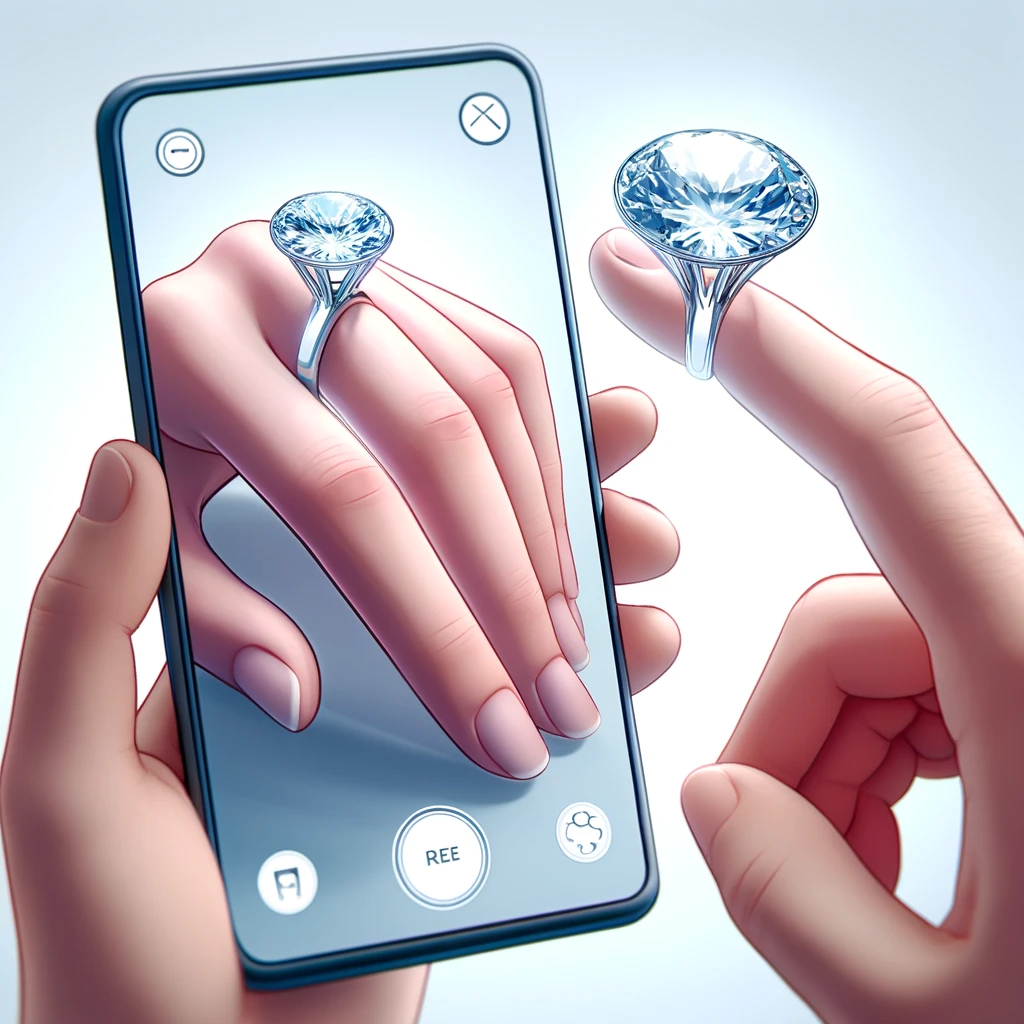
Sustainable Innovation: Lab-Grown Diamonds
As environmental concerns take center stage, the diamond industry is not untouched. The advent of lab-grown diamonds offers a sustainable alternative to mined diamonds. Created in a controlled environment using advanced technological processes, these diamonds are identical to their natural counterparts, both in beauty and composition. This innovation not only addresses the ethical and environmental issues associated with mining but also makes diamonds more accessible, challenging the notions of rarity and value that have long defined the industry.
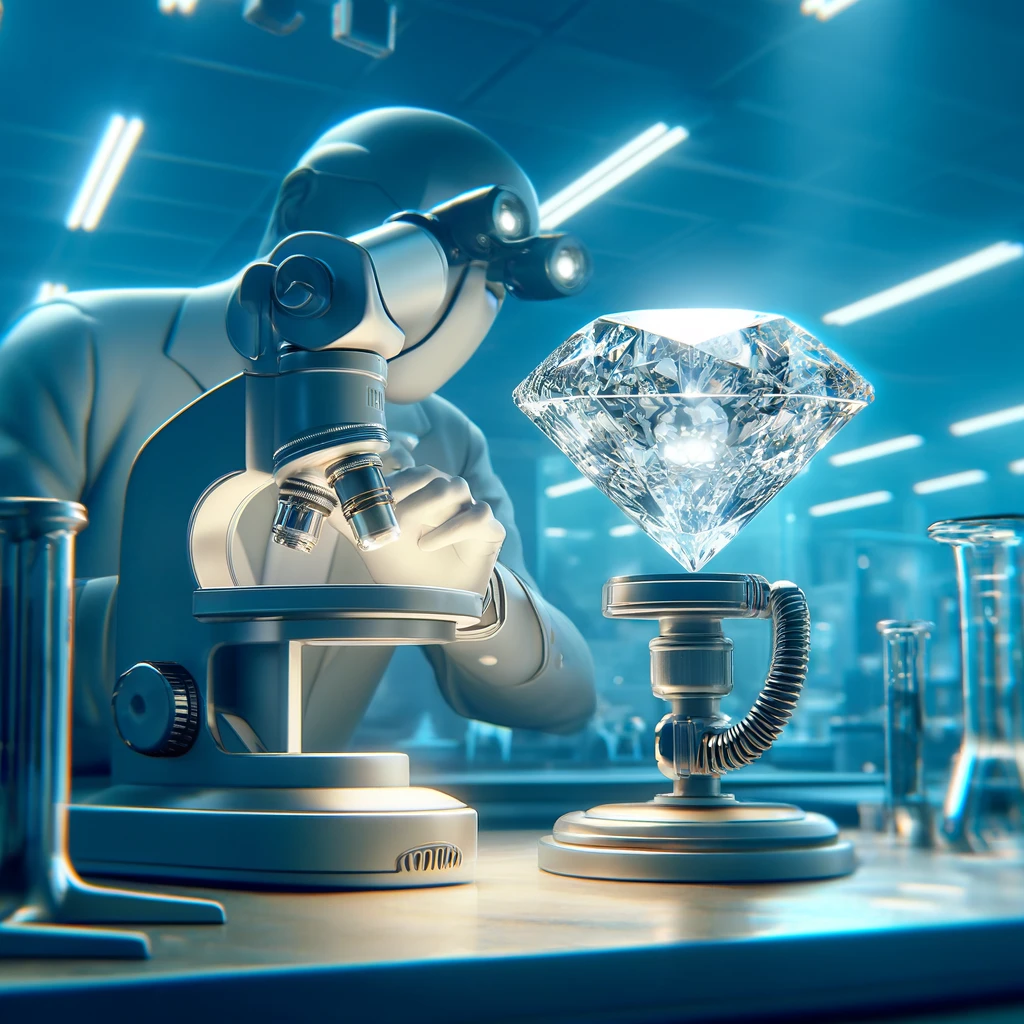
Conclusion: The Future is Brilliant
As technology continues to weave its way through the diamond industry, it brings with it a promise of a brighter, more transparent, and more sustainable future. From the depths of the earth to the palm of a hand, every diamond now tells a story not just of aeons beneath the soil, but of human ingenuity and the relentless pursuit of perfection. In this new age, the diamond industry stands at the crossroads of tradition and innovation, proving that even the oldest of trades can be transformed by the touch of technology.
